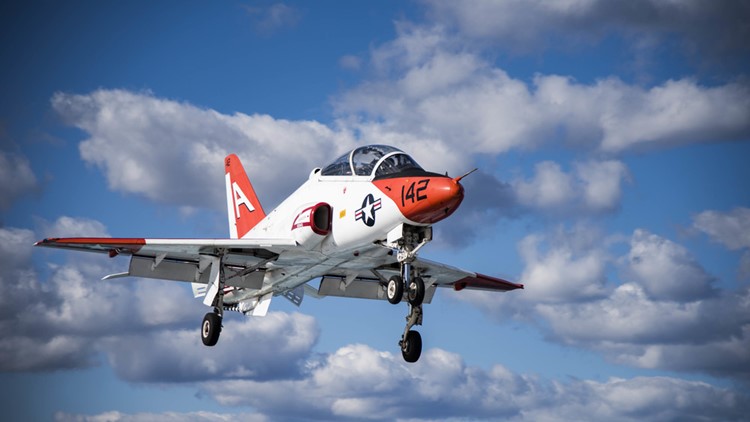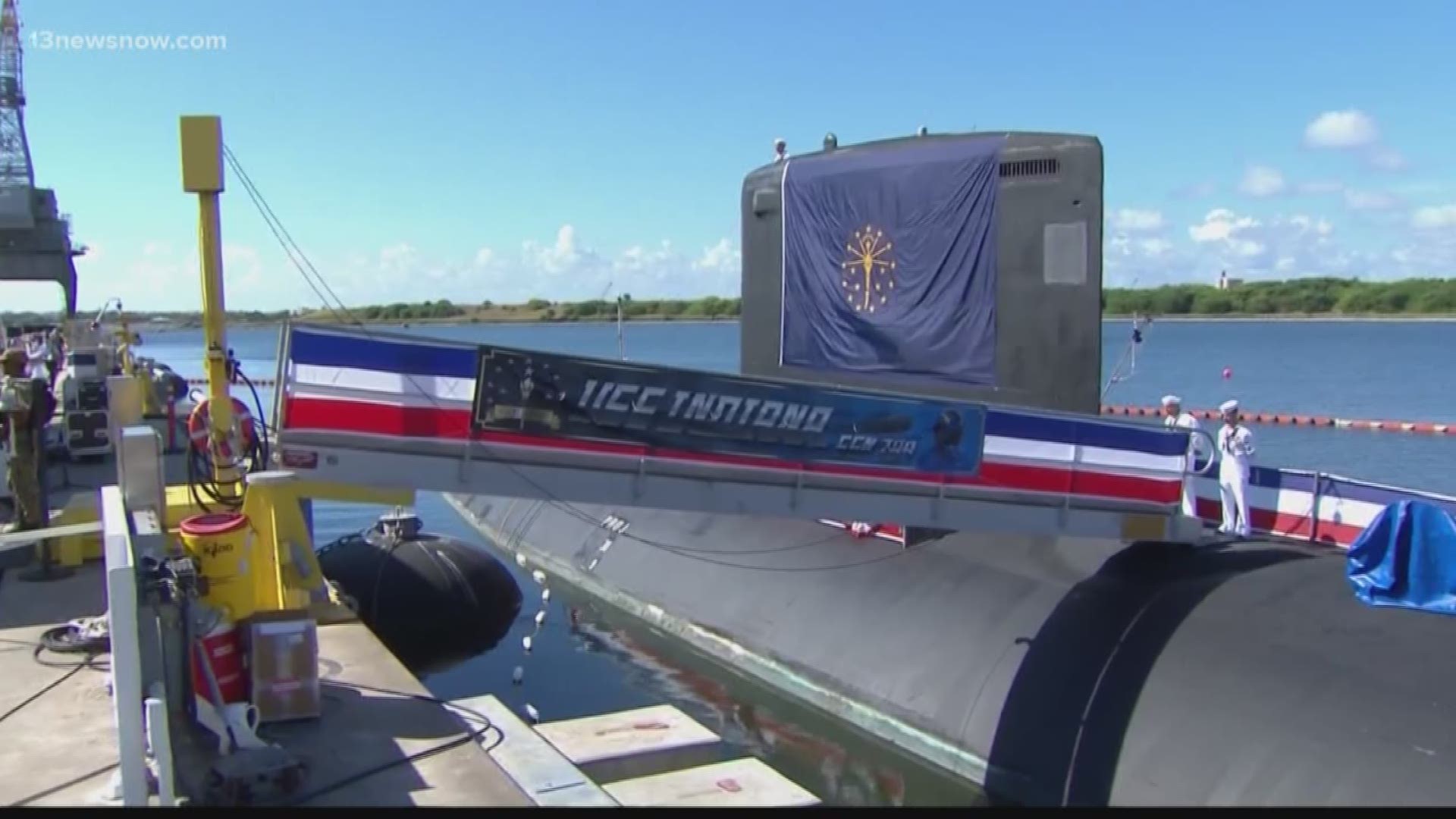(NAVY TIMES) -- The Navy has grounded all its T-45 training jets for two days in the wake of a report that instructor pilots in the Navy’s training squadrons are refusing to fly the jet because of a dangerous rise in problems with the cockpit oxygen system.
Dozens of instructor pilots have refused to fly the T-45 in recent days because of a spike in dangerous physical symptoms suffered by pilots flying the aircraft triggered by a lack of oxygen or contaminants in the oxygen system, according to a Fox News report Tuesday.
A spokesperson for Naval Air Forces confirmed the grounding and that about 40 percent of the T-45 training flights were canceled due to pilot concerns.
“We take the concerns of our aircrew seriously and have directed a two-day safety pause for the T-45 community to allow time for Naval Aviation leadership to engage with the pilots, hear their concerns and discuss the risk mitigations as well as the efforts that are ongoing to correct this issue,” said Cmdr. Jeannie Groeneveld in an email.
Groeneveld said the jets were not "grounded" in the traditional sense of the word, but that they were not flying the jets while leadership meets with the pilots and conduct a safety stand-down. AIRFOR expects the jets to be flying again on Monday, she said.
The Chief of Naval Air Training Rear Adm. Dell Bull dispatched a crew of engineers to the Navy’s pilot training base in Meridian, Miss. to brief the pilots and address the problem, Groeneveld said.
Pilots who spoke to Fox News complained about Bull’s handling of their grievances.
“He is telling us to just ‘shut up and color,’” an unnamed pilot told Fox. Officials who spoke to Fox acknowledged the communication problems on the issue up and down the chain of command.
Naval Aviation has struggled mightily to solve nagging O2 problems in the T-45 and in the F/A-18 Hornets, but answers have been elusive.
Fixing the issue is top aviator Vice Adm. Mike Shoemaker’s top safety priority, Groeneveld said, adding that he has sent out three directives since October 2015 that dealt with the problem.
“I am committed to removing this risk to our aircrews and have prioritized [naval aviation enterprise] efforts toward that goal,” the October message said. “Our research and commitment to eliminate this risk will continue. Our aviators must be able to operate with confidence in our platforms and in their ability to safely execute their mission. To help ensure we eliminate this risk, collection and reporting of event data and your continued leadership is critical.”
Shoemaker has committed to putting any and all resources necessary toward fixing the problem, Groeneveld said.



